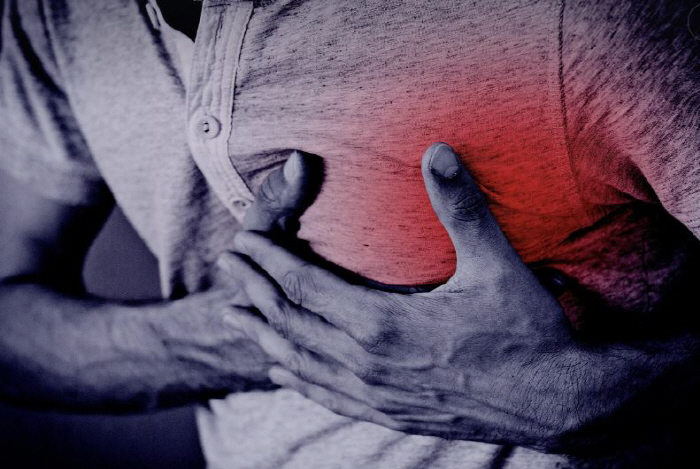Increased patients with myocardial infarction during the change of seasons...symptoms such as severe chest pain and shortness of breath
Sep 09, 2025
|
Myocardial infarction is a disease in which part of the heart muscle is necrotic due to the sudden blockage of the coronary arteries that supply blood to the heart. Unlike cases where blood vessels gradually narrow, causing chest pain, such as angina, myocardial infarction can be life-threatening because blood flow is rapidly blocked.
According to data from the Health Insurance Review and Assessment Service, the number of patients with myocardial infarction in Korea increased by about 17% in four years from 122,231 in 2020 to 143,310 in 2024. The increase in the number of patients is mainly attributed to the expansion of the elderly population, the spread of chronic diseases such as hypertension, diabetes, and dyslipidemia, and westernized dietary habits and lack of exercise.
Byeon Jae-ho, a professor of cardiovascular medicine at Catholic University of Korea's Incheon St. Mary's Hospital, explained, `Cardiovascular disease is known to be the second leading cause of death in Korea and the first leading cause of death in the world.' `Even if there are no symptoms on the outside, it can suddenly worsen and lead to acute heart death.'
A typical symptom is extreme chest pain. Symptoms of tightness or stuffy chest last for more than 10 minutes and may be accompanied by symptoms such as difficulty breathing, pain in the solar plexus, and indigestion. In some cases, they complain of discomfort that seems to be strangled. If symptoms occur, treatment within two hours of onset is key to increasing survival rates.
The principle of treatment for myocardial infarction is to open blocked blood vessels as soon as possible to reduce damage to the heart muscle. A typical treatment is 'Cavitary Intervention (PCI)'. Insert a thin tube (catter) through the femoral artery or wrist artery to the heart blood vessel, and use a balloon (balloon) to expand the narrowed blood vessel and put a stent (metal mesh) to prevent the blood vessel from clogging again. It has the advantage of short procedure time and fast recovery.
If the procedure is difficult or the blood vessels are blocked in several places, surgical treatment such as coronary artery bypass (CABG) is required. It is effective in severely ill patients by bypassing blocked areas using the patient's own leg veins or arteries. In emergency situations, thrombolysis is sometimes performed by intravenously injecting drugs that dissolve blood clots, but it is limitedly used when the procedure is not possible.
Professor Byun Jae-ho said "In myocardial infarction, the time it takes to treat it determines the prognosis. The heart function can be saved only when 'Golden Time' is re-opened within two hours of symptom onset"The patient should not tolerate or delay himself, and should be transferred to a specialized medical institution through 119 immediately when symptoms begin," he stressed.
Lifestyle management is essential for prevention. A diet focused on fatty and salty foods harms blood vessel health, so a balanced diet that evenly consumes vegetables, fruits, fish, and legumes is needed. Keep doing aerobic exercise for more than 30 minutes a day, and it is also important to get enough sleep and manage stress. Underlying diseases such as hypertension, diabetes, and dyslipidemia should be managed by regular check-ups and medication. If you have a family history, you should be particularly careful, and it is recommended to check the blood vessel condition through regular cardiac examinations after middle age.
Professor Byun Jae-ho said, `Myocardial infarction is a disease that cannot be predicted when it will occur, but the risk can be lowered through constant lifestyle management and regular check-ups"The surest way to protect life is to recognize early symptoms and respond quickly" he said.
|
This article was translated by Naver AI translator.















